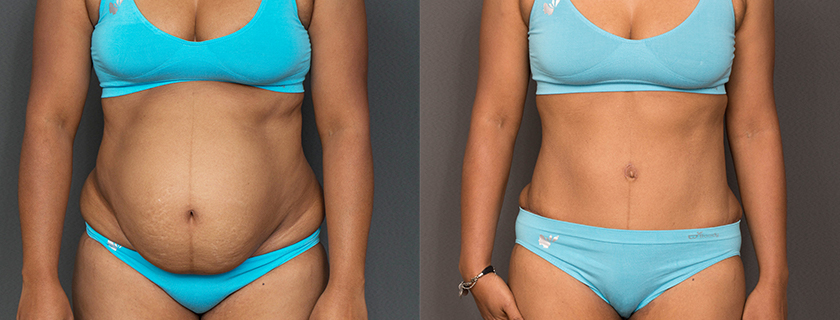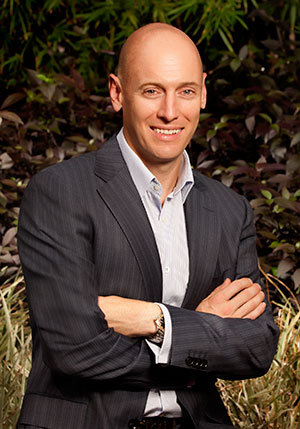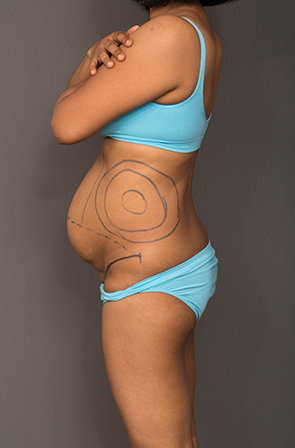

Abdominoplasty for women after having children is often a lot more than just getting rid of some belly fat or skin that doesn’t budge no matter how much exercise you do. Forget about the fact that our skin is stretched past the point of no return… think trying to squeeze a beach ball (full of air) to fit into a condom and you might get some sort of indication as to what our bellies go through when we carry a child. There’s also a lot more going on on the inside of our bodies as well. The muscles in our abdomens stretch, lengthen and separate, our backs bend and adjust to carry the extra weight that lasts for months and our vaginas… well, let’s just say that anyone who’s had a vaginal delivery will know the amount of stretching and misshaping that goes on down there.
Abdominoplasty for postpartum women was removed from the Medicare schedule in 2016 much to the disappointment and astonishment of women and plastic surgeons all over Australia. There has been a renewed momentum and energy to the fight to have it reinstated into the schedule recently, so we thought we’d take a closer look at why abdominoplasty for postpartum women is definitely functional – when a tummy tuck is more than just about aesthetics… with Dr Gavin Sandercoe, Plastic and Cosmetic Surgeon.
What functions?

Core Strength. You might have heard of it… it’s that thing that squats and stand up paddleboarding help with (no, I don’t do either of them). It’s actually a really important thing to have though and if you don’t have it, it can cause all sorts of issues. It can lead to back pain, incontinence, decreased sexual function, sensation, libido and even nerve pain, along with other less common but still very real issues. Core strength relies on your abdominal muscles. When your abs are stretched and separated, your core strength is compromised.
Dr Sandercoe explains that pregnancy and delivering a baby impacts on the abdominal muscle structure. He says, “The separation of the rectus abdominis muscles (6 pack muscles) decreases the abdominal wall strength. This allows the pelvis to rotate downwards at the front. The impact of this is that the lower back needs to curve more and tighten up to take the load of the spine and upper body, resulting in lower back pain and discomfort especially at the end of the day. Rotating the pelvis forwards also relaxes tension through the pelvic floor and straightens the junction of the urethra to the bladder. Relaxation of the pelvic floor muscles and decreasing the kink of urinary outflow from the bladder can lead to stress incontinence (urine leakage with abdominal pressure such as sneezing, or jumping).”
So basically, having a baby can definitely, absolutely affect our body’s functional capabilities, especially around the abdominal area. In fact, Dr Sandercoe says that the majority of his abdominoplasty patients have some sort of abdominal repair required, along with the removal of excess skin and fat that will would never disappear because of the stretching that goes on during pregnancy.
An abdominoplasty repairs several functional aspects of the abdomen. Dr Sandercoe explains, “Repair of muscle separation tightens the abdominal wall between the ribs and pelvis, and lengthens the oblique and transversus muscles back out to their original and functional length. This improves the tension around the abdomen and corrects the tilt of the pelvis. This mechanical change improves lower back pain and urinary incontinence.”
All of these functional issues are often not able to be fixed with anything other than surgery. So for those who say perhaps we just need to do our pelvic floor exercises on a regular basis and put in a bit more effort… this may not make a difference. It can, but often not. Dr Sandercoe agrees. “Although you can strengthen the abdominal muscles and lose the overlying fat, there is no method (other than surgery) of tightening this fibrous connection once it is stretched. In fact, strengthening the abdominal muscles may result in the stretch worsening as the oblique muscles overpower the rectus muscles and continue to pull them away from the midline.”
Dr Sandercoe says it’s a holistic approach to the procedure that works best. “Like many operations, a tummy tuck (abdominoplasty) needs to address several components to achieve the best results. An abdomen can be thought of being like a building, with foundations (muscle position and support), framework (fat) and then the exterior appearance (skin). Addressing one component without considering the others is likely to provide a sub-optimal result.”




So ladies, DON’T feel guilty!! Wanting a well functioning body that also looks good is nothing to be ashamed of. Bearing children is a feat in itself, and enjoying life afterwards is important. If we don’t look after ourselves, then we can’t properly look after our children.
If you’d like more information or would like to arrange a consult with Dr Gavin Sandercoe, based in Bella Vista, Sydney, NSW, you can call his clinic on 1300 112 358.
For more information about Abdominoplasty
- What Is Diastasis Recti? – Split Tummy Muscles – Dr Michael Kernohan
- Belly Bulge After Baby: Diastasis Recti or Abdominal Fat? – Dr Guy Watts
- What Does a Torn Stomach Muscle Feel Like | GCPS – Dr Mark Doyle
- Mummy Makeover in Sydney – Soliman Plastic Surgery – Dr Bish Soliman
- Diastasis Recti Surgery: Repairing Abdominal Muscles – Dr Carmen Munteanu FRACS (Plas)
